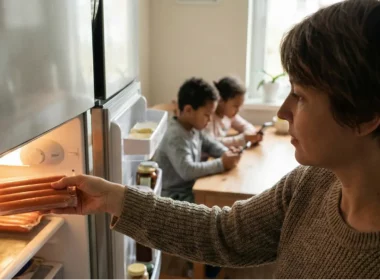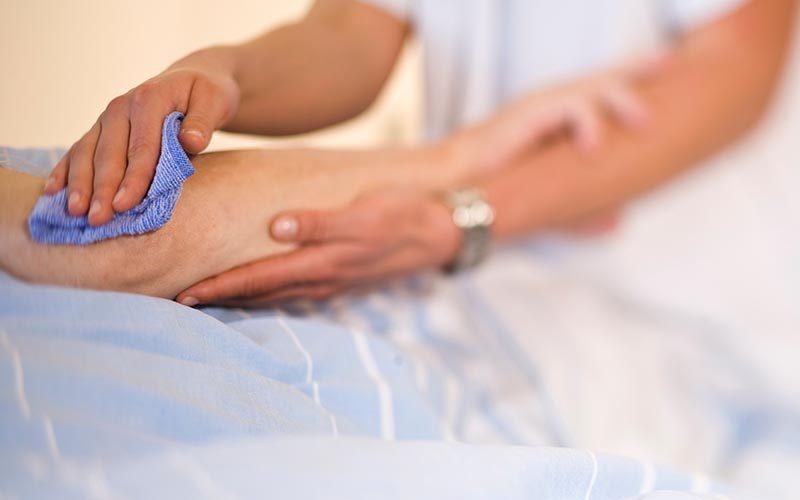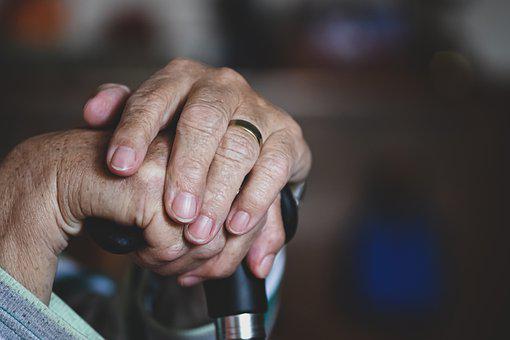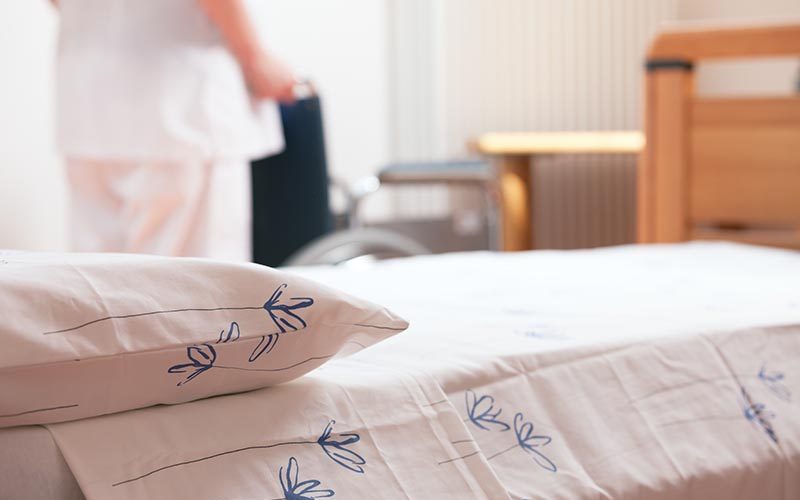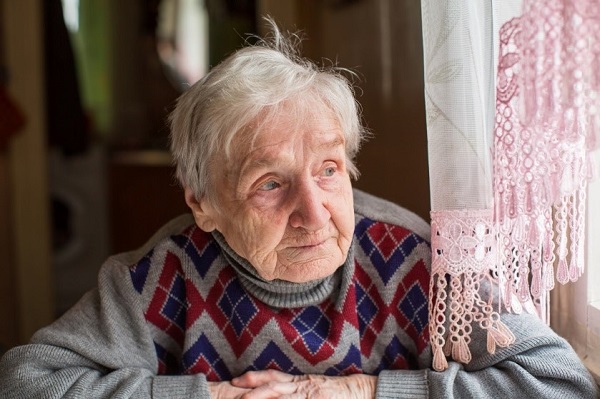Bedsores are ulcers on areas of the skin under prolonged pressure from lying in bed, sitting in a wheelchair, or wearing a cast for a prolonged time. Bedsores are also called pressure injuries, pressure sores, ulcers, or decubitus ulcers. Bedsores can be a severe problem among frail older adults, especially bedsore stage 1.
Pressure sores are commonly known by their name. These can happen when a person lies down or sits too long, and the weight on a chair or bed strips blood supply to the surrounding skin. You may need to have these a few minutes after you sleep. Your physician may explain the stages of your pressure sores, especially if it is pressure sore stage 1.
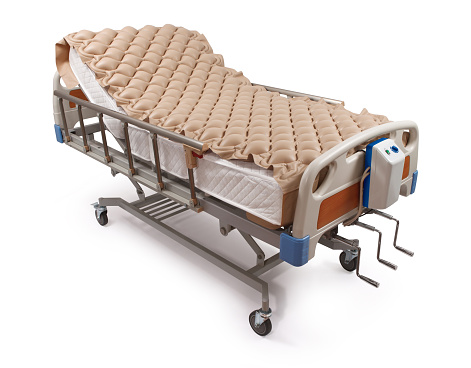
These steps determine what depth the sores have and what affects treatment. Depending on when the disease is discovered, the pain should be gone within a couple of days, and the swelling should be minimal. Symptoms can worsen unless they are treated, especially bedsores stage 1. It’s best when the sores get more petite and pink tissue shows on the edges.
What Are the Early Signs of Bedsores?
The early signs of pressure ulcersinclude part of the skin’s surface
becoming discolored – people with pale skin tend to get red patches. In contrast, people with darker skin tend to get purple or blue patches. Discolored patches are not turning white when pressed.
To relieve pressure: Change positions often (every 15 minutes in a chair and every 2 hours in a bed). Use unique soft materials or supports (pads, cushions, and mattresses) to reduce pressure against the skin.
keep reading to learn how to prevent bed sores on the buttocks.
Bedsores (Pressure Sores): Treatments, Stages, and, Causes
Pressure sores, also called bedsores, may develop during prolonged periods of use. Pressure ulcers can be caused by persistent strain on specific body areas. It can occur anywhere, but the bones in your elbows and knees are sometimes more susceptible to injury due to prolonged pressure. This is why treating pressure sores with deep tissue injury complications is vital in every nursing home, especially in patients with previous healthy skin and blood vessels.
Stage 1 Bedsores – Warning Signs for a Stage 1 Bedsore
Bedsores have four levels; What does a stage 1 pressure sore looks like? Stage 1 bedsores are usually mild as the first and early stages. It may be healed quickly by merely a simple treatment or lifestyle change. After treatment, these skin sores will never come back.
Age can contribute to bedsores, and most nursing home residents are prone to this disease. Bed sores are sometimes known as sores or pressure ulcerations as they are usually caused by pressure placed on an area of the skeletal system for long periods.

What Causes Bedsores?
The bedsores develop if blood supply is stopped within 3 hours of the cutoff time. When skin dies, bedsore initially becomes red and painful but becomes green and purple. Left untreated, the area may split up, causing it to become infected. The bedsores have more deep layers. It may extend to muscles or bone.
When bedsores develop, they can usually take very long to heal. Bedsores can last a day or two or longer to heal depending on how much they affect your lungs or intestines and other factors, including diabetes. It could take surgery for them to recover.
Treating Stage 1 Bedsores
Bedsores stage 1 can be treated effectively. Although it is often possible to stop painful stings, your caregiver may have seen them before stage one and treated them promptly. In phase 1, bedsores may be treated to identify and eliminate the source.
Bedsores can occur in various places. The carer may move patients and reduce pressure to where the sore has formed. After the pain has been relieved, it should start to recover within days.
The easiest solution for alleviating pressure on a skin condition involves putting pillows in the area. See a healthcare professional for the best treatment for bed sores on the buttocks.
Stage 1
It is a milder phase. This pain only affects the lower layers of our skin. Symptom: Itchy or painful pain are the symptoms. The spots may feel slightly firm or soft, warmer, and more relaxed. There may be red spots on the skin.
This article is for you if you are wondering what does a bed sore look like in the beginning?
Depending on your skin color, the discolored part is hard to see. The area does not glow at the same rate when the skin is pressed or even within 10 – 30min of removal. The result is less blood coming into the region.
What should be done when there is pressure on your body? Press your body in different positions.
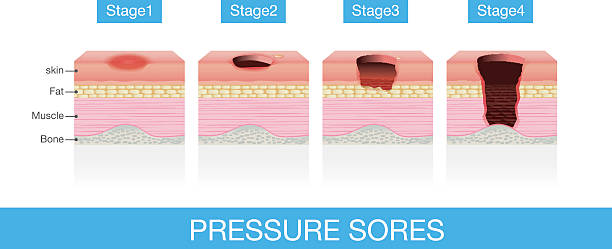
Stage 2
This occurs after a sore penetrates deeper underneath the skin. Your skin breaks, you have an open wound, or you appear covered in blood. A swollen, warm red area may occur. The rash can appear as white liquid or pusy.
It’s painful too. How should I proceed? It can be used in water to wash wounds. This is painful, so call the doctor for help if you need pain relief. Apply see-through treatment of moist gauze to affected skin. If the symptoms of a disease are severe, contact a physician immediately if possible.
Stage 3
This sore has penetrated to fat from the second layer of the skin. Symptoms: The sore looks like craters and has some foul smells. The rash may have signs of infections, including swollen corners.
The skin in the rash will become black unless the sore is dead. Tell me the procedure: Stage three pain will require additional treatment. Talk with a physician. They could take out dead tissue or prescribe antibiotics for infections.
In most cases, a bed is provided through a company policy. It takes up to four months to heal pressure sores that are stage 3.
click here to learn more about stage 3 pressure ulcers.
Identifying a Stage 1 Bedsore
Stage 1 is the mildest bedsore species. Stage 2 bedsores have never broken skin and are identified as stains with contrasting or sagging skin textures. A stage 1 bedsore may differ from others’ skins as the following is how you find such an area on someone else.
At the last minute, a red spot will become visible. Another easy technique for checking for bedsores involves grabbing up on a suspicious area. A normal blood flow of blood can change color if pressure is applied.
What Are the Complications of Bedsores?
Once bedsores develop, the healing may take weeks or even years. The infection also causes fever and chills. The condition can be challenging to remove once it gets rid of it. Inflammatoid bacteria spread throughout the body, causing anxiety or depression and causing heartbeats and general weakness.
What are the risk factors for Pressure Ulcers?
Being bed-ridden, unconscious, without any pain, and immobile can increase the chance of a sleep disorder developing. The risk increases as individuals get less exercise or lack adequate skin care. People with diabetes have a more significant opportunity.
How Are Bedsores Treated?
Treatment for Bedsores is based upon severity and the severity of the condition. If the skin breaks down, it becomes easier for a doctor to treat — medical professionals monitor the bed. These studies assess size depth and response to therapy.
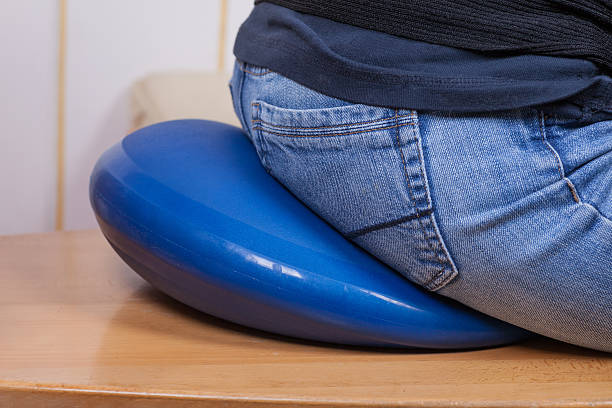
How Long Do Bed Sores With a Dead Tissue Take To Heal?
Pressure ulcers, also known as bedsores or decubitus ulcers, can take anywhere from three to two years to heal. How quickly a pressure ulcer heals depends on how advanced the sore is and the treatment steps are taken.
Tell Me the Symptoms of Bedsores?
Bedsores have 4 phases: minimal, severe to severe. This includes wounds where total tissue loss and sloughs or erythema are found. It can be dark tans, greys, greens, browns, or yellow. Eschars are mainly tan, brown, and black.
How Are Bedsores Diagnosed?
The bedsores are detected by the examination of patients with high levels of infection. Stages will be chosen by appearance.
keep reading to learn about how to prevent pressure sores on the buttocks.
What Do Stage 1 Bed Sores Look Like?
Bed sores in Stage 1 are red patches of skin typically appearing in a bony region such as a heel. Blanched skin refers to pale white spots caused by pressure applied to the skin. Skin without whiteness is termed nonblanchable.
What Does Hospital Pressure Sore Look Like?
Bedsores can only be categorized if severe sores are seen from an early onset. The sores will be red. Eventually, this color can become purple.
The affected region might feel soft at first; the skin can get warmer compared to the body. Some employees have noticed swellings on the surface.
Please don’t worry if you or someone you care about has bed sores. You’ve come to the right place. Call JustPoint right away for your next best option.



